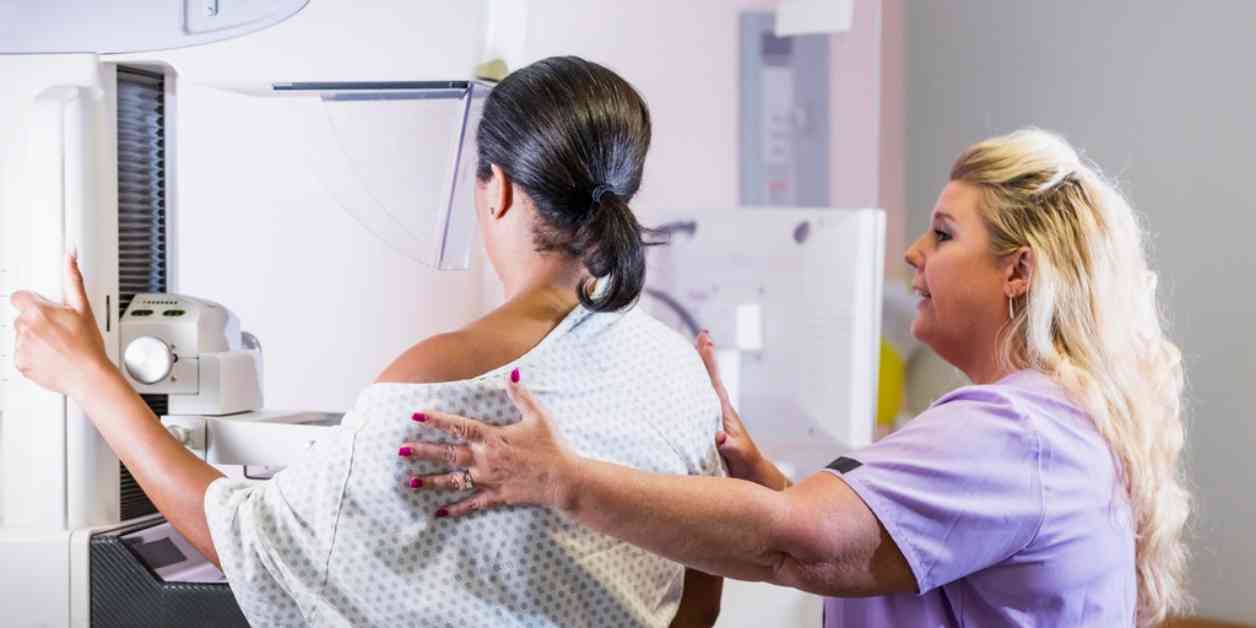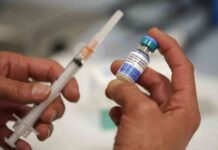High rates of false positive test results may be impacting women’s adherence to recommended mammogram screenings for breast cancer, according to a recent study conducted by researchers from UC Davis Comprehensive Cancer Center in Sacramento, California. The study, published in the Annals of Internal Medicine on September 3, reviewed more than 3.5 million screening mammograms performed on over one million women between 2005 and 2017.
Impact on Screening Compliance
The study found that women who received a true-negative result were more likely to return for future screenings, with a compliance rate of 77%. In contrast, among those who received a false positive result, only 61% returned for another mammogram in six months, and 67% returned for a recommended biopsy. A false positive occurs when a mammogram shows an abnormal result that is further investigated but does not lead to a cancer diagnosis.
Lead study author Dr. Diana Miglioretti, a professor and division chief of biostatistics in the UC Davis School of Medicine’s Department of Public Health Sciences, noted that women were less likely to return for another screening mammogram if they were recalled for additional imaging that did not result in a cancer diagnosis, especially if the recall led to a recommendation for a short-interval follow-up or biopsy.
Surprising Findings
Dr. Miglioretti expressed surprise at the study’s findings, as previous surveys indicated that women believed they would continue screening even after a false-positive result. However, the actual behavior of women seemed to be influenced by the experience, leading some to not return for future screenings despite intentions to do so.
Another unexpected discovery was that a false-positive recommendation for a short-interval follow-up had the greatest impact on a woman’s likelihood of not returning for future screenings. This finding was contrary to initial expectations, as one might assume that the probability of returning would be lowest for those who had undergone a benign biopsy.
Ethnic Disparities in Screening Compliance
The study also revealed that Asian and Hispanic/Latinx women were the least likely to return for future screenings after receiving a false positive result. This is particularly concerning given the faster rate of growth in breast cancer rates among Asian-American and Pacific Islander women under the age of 50 in recent years.
Dr. Tingting Tan, a medical oncologist and hematologist at City of Hope Newport Beach in California, emphasized the importance of addressing these disparities, especially in light of the rising breast cancer rates in certain ethnic and racial groups. Effective communication and tailored interventions may be necessary to improve screening compliance among these populations.
Understanding False Positives
A false positive occurs when a mammogram shows an abnormal result that is further investigated but does not lead to a cancer diagnosis. Dr. Tan highlighted common causes of false positives, including dense breast tissue, small calcium deposits in the breast, overlapping breast tissue creating shadows, or normal variations in breast tissue.
According to UC Davis, false-positive results occur in 10% to 12% of mammograms for women between 40 and 49 years of age. Within a decade of annual screenings, up to 60% of women may experience at least one false positive result. Dr. Tan acknowledged the anxiety associated with abnormal findings on mammograms, emphasizing the importance of follow-up discussions with healthcare providers to address concerns and clarify next steps.
Importance of Continued Screenings
Despite the challenges posed by false positives, the researchers stressed the importance of continued screenings for women who receive such results. A false positive, particularly if it leads to a diagnosis of benign breast disease, is associated with a small increase in the risk of developing breast cancer in the future.
Dr. Miglioretti advised women to maintain regular screening intervals and engage in open communication with their healthcare providers. Mammograms remain the gold standard for breast cancer screening, offering early detection opportunities that can lead to better outcomes and decreased mortality rates.
Limitations of the Study
The researchers noted certain limitations of the study, including the evaluation of false positives on only the two prior screening mammograms for each woman. This limitation may have overlooked previous false-positive mammograms that could have influenced screening behaviors.
Additionally, the study was confined to facilities participating in the Breast Cancer Surveillance Consortium (BCSC), potentially excluding women who received care at non-BCSC facilities. Despite these limitations, the study provides valuable insights into the impact of false positives on mammogram screenings and underscores the need for tailored interventions to improve screening compliance.
Conclusion
In conclusion, the study findings shed light on the significant impact of false-positive test results on women’s adherence to recommended mammogram screenings for breast cancer. Addressing the emotional and practical implications of false positives, as well as addressing ethnic disparities in screening compliance, are crucial steps in promoting regular screenings and early detection of breast cancer. By emphasizing the importance of continued screenings and open communication with healthcare providers, women can navigate the complexities of screening mammograms with confidence and clarity.

















